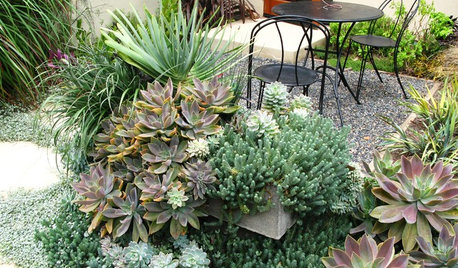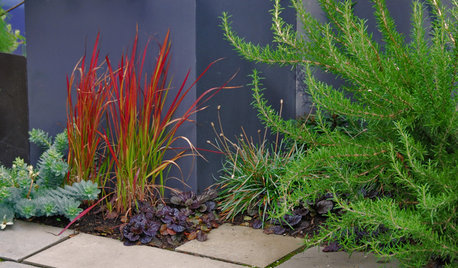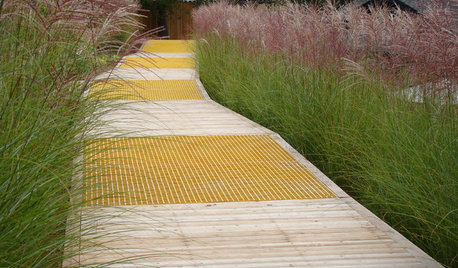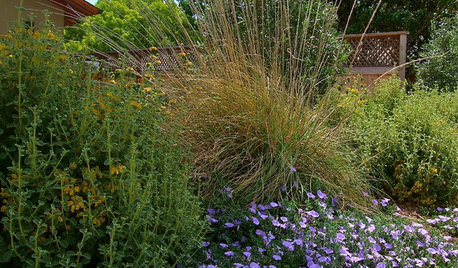low maintainance grass
13 years ago
Related Stories

CENTRAL PLAINS NATIVE PLANTS10 Top Grasses for the Central Plains
Low-maintenance grasses provide seasonal interest and wildlife habitat, and aid good design
Full Story
GRASSES10 Ways to Use Ornamental Grasses in the Landscape
These low-maintenance plants can add beauty, texture and privacy to any size garden
Full Story
LANDSCAPE DESIGN7 Low-Maintenance Lawn Alternatives
Turf isn't the only ground cover in town. Get a lush no-grass lawn with clover, moss and other easy-care plants
Full Story
SUCCULENTSAmazingly Low-Maintenance Picks for Outdoor Planters
Turn to succulents, cacti and ornamental grasses to keep your summer watering and care to a minimum
Full Story
HOUZZ TOURSMy Houzz: Vintage Flair for a Lovingly Maintained Midcentury Gem
Antiques join luxe textiles and rich wallpapers to give a Dallas home by Ju-Nel sophistication and warmth
Full Story
RED FOLIAGEGreat Design Plant: Japanese Blood Grass
This dramatic, ruby-tinged grass bridges the gap between red and green, short and tall plants
Full Story
INSPIRING GARDENSInside Houzz: A Waterfront Property Ditches the Grass for a Garden
New drought-tolerant plantings and outdoor gathering spaces help this California backyard take in the view without wasting space or water
Full Story
GARDENING AND LANDSCAPINGOld School Green Design: Add Texture With Grass
Ornamental grasses capture the breeze and ripple like water in the landscape
Full Story
GRASSESGreat Design Plant: Deer Grass
Give wildlife a snack and give yourself a break — this food-source grass is easygoing in many climates and conditions
Full Story
LANDSCAPE DESIGNIs It Time to Consider Fake Grass?
With more realistic-looking options than ever, synthetic turf can be a boon. Find the benefits and an installation how-to here
Full Story


tiemco
brankuloOriginal Author
Related Discussions
conifer options for a low maintainence windbreak?
Q
How to maintain this ornemental grass
Q
Wall oven that maintains low temp?
Q
Full sun, low maintainance garden
Q
tiemco
bpgreen
bpgreen
brankuloOriginal Author
botanicalbill
brankuloOriginal Author
bpgreen
brankuloOriginal Author
bpgreen
firstandgoal
bpgreen
brankuloOriginal Author
bpgreen
brankuloOriginal Author
bpgreen
brankuloOriginal Author